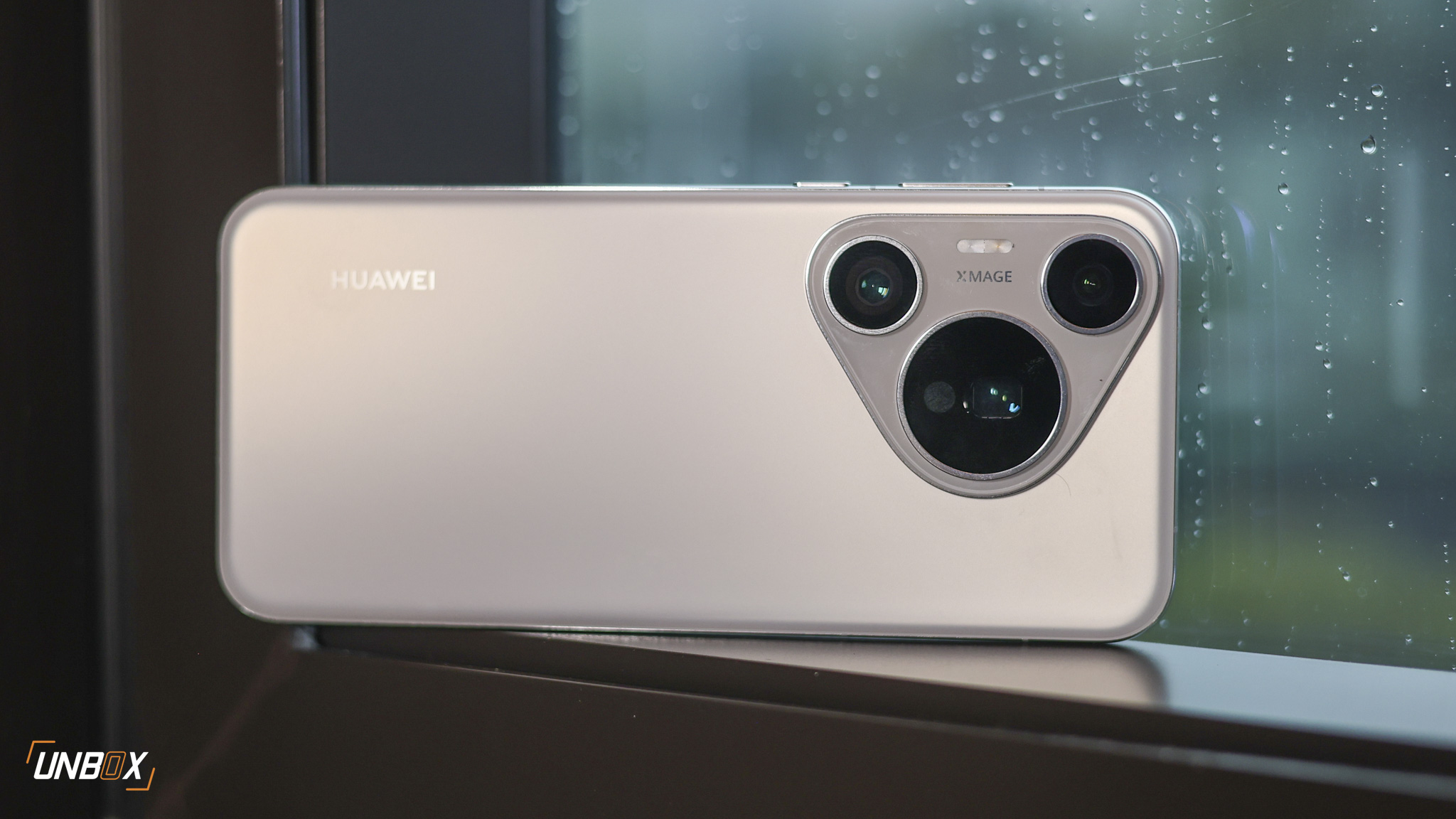
ASUS PH is revving to release the hotly anticipated Zenfone 3 family – which includes the Zenfone 3, Zenfone 3 Ultra and the Zenfone 3 Deluxe – in the Philippines in the next few weeks. But even before the trio arrives in our country, ASUS has already added two new members to their already burgeoning Zenfone 3 lineup in the form of the Zenfone 3 Laser and Zenfone 3 Max. Today we’re taking a look at the Zenfone 3 Laser, which we expect to be the main volume driver for the company alongside the Zenfone 3 Max.
ASUS Zenfone 3 Laser specs
- 1.4GHz Qualcomm Snapdragon 430 octa-core processor
- Adreno 505 GPU
- 4GB of RAM
- 5.5-inch full HD IPS display, 2.5D glass, 1920 x 1080 resolution
- 32GB of expandable storage
- 13-megapixel rear camera with Sony IMX214 sensor, EIS, 2nd generation laser AF, LED flash
- 8-megapixel front camera
- Dual SIM
- 3G, LTE
- WiFi, Bluetooth, GPS, A-GPS, Fingerprint scanner
- Android 6.0, ZenUI 3.0
- 3000mAh battery

Initial impressions: beautiful full metal body with an (expected) budget price tag
Just like with their other Zenfone 3 smartphones, the Zenfone 3 Laser sports the new design language of ASUS for their next generation of smartphones. Gone is the less than premium, faux aluminum plastic finish, replaced by a metal body. The phone has gentle curves for easier manipulation one-handed, and the overall finish and build quality is top notch despite the phone fact that the phone we used was still an engineering unit.

While the majority of the phone is metal, there’s a big chance that both the top and bottom part of the back of the phone is made out of plastic for the requisite antennas, since we couldn’t see the obvious tell-tale signs of antenna lines on the body. The 13-megapixel rear camera with Sony’s IMX214 sensor is located on the top and protrudes a few milimeters from the body, and is flanked by the second generation laser AF unit and the twin LED flash.

Right below the camera is a rectangular fingerprint scanner, which is similar to the one in the company’s more expensive devices. From what we gather, it looks like ASUS is putting fingerprint scanners in ALL of its Zenfone 3 releases, which is always welcomed, especially at the lower price bracket. As far as the fingerprint sensor is concerned, the one in the Zenfone 3 Laser performs well, and unlocked the phone every time during our short stint with it.

The display is a 5.5-inch full HD deal with 2.5D glass on top and Gorilla Glass protection. Images were crisp and clear without any distortion, and viewing angles were plentiful. We couldn’t find any obvious faults in the phone’s display, though that may change when we finally get to review the device.

Inside the Zenfone 3 Laser beats Qualcomm’s newest budget processor, the Snapdragon 430, alongside 4GB of RAM and 32GB of expandable storage. The new processor brings an Adreno 505 GPU for graphics duties, and from what we found in its AnTuTu scores the new processor/GPU combo does a pretty good job of keeping the user experience nice and fluid. Asphalt 8 ran beautifully on the device, without any slowdowns whatsoever. It’s still early days for the phone, but if the retail devices run like the prototype we saw, then the phone will definitely be a favorite of budget Android gaming connoisseur.

Despite our limited time with the phone, we came away impressed with the Zenfone 3 Laser. The phone’s design look and feel premium, despite the SKU’s budget pricing. We’ve learned that ASUS is projecting a sub 10K pricing scheme for the Zenfone 3 Laser, which is good news for people looking for a solid and dependable smartphone that won’t break the bank.






